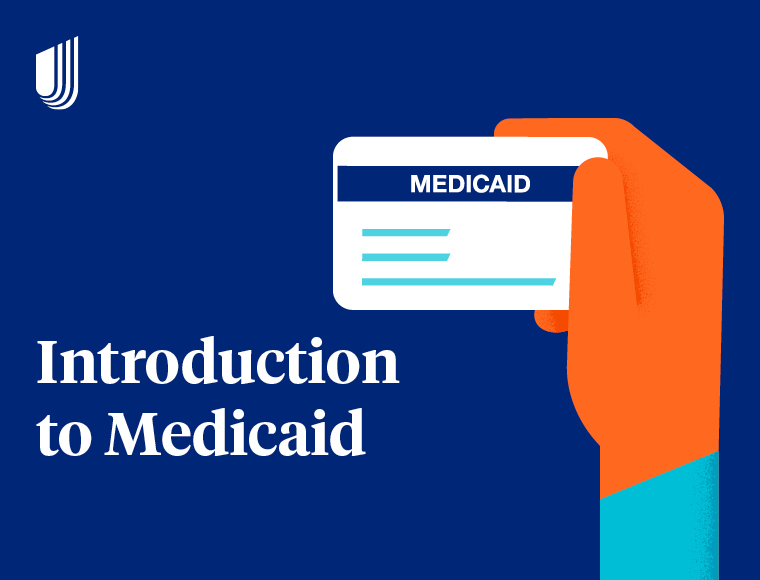Medicaid financing and structure
In this third video from our Medicaid on-demand training series, we explore how Medicaid is financed and structured, from federal funding formulas to the flexibility states have in designing their programs.
Although Medicaid is a federal-state collaboration, the program is administered at the state level and funded by both state and federal dollars. To access federal funding, states follow guidelines set by the Centers for Medicare & Medicaid Services (CMS) and demonstrate how they will align with Medicaid rules.
This video addresses questions such as:
• How does Medicaid financing work between states and the federal government?
• What is the Federal Medical Assistance Percentage (FMAP), and how is it calculated?
• What role do state Medicaid plans and state plan amendments play in program management?
• What are waivers, and how do they give states flexibility in shaping their Medicaid programs?
• What’s the difference between fee-for-service and Medicaid managed care?
You’ll also learn about two types of waivers that states commonly use to tailor their Medicaid programs: 1115 demonstration waivers, which allow for broader innovations, and 1915 waivers, which support service delivery models and home- and community-based care. While states must follow certain federal rules, they have significant leeway in how they deliver services and set payment rates.
Watch the video to understand how Medicaid's structure supports both consistency and innovation in providing health care coverage across the U.S.











